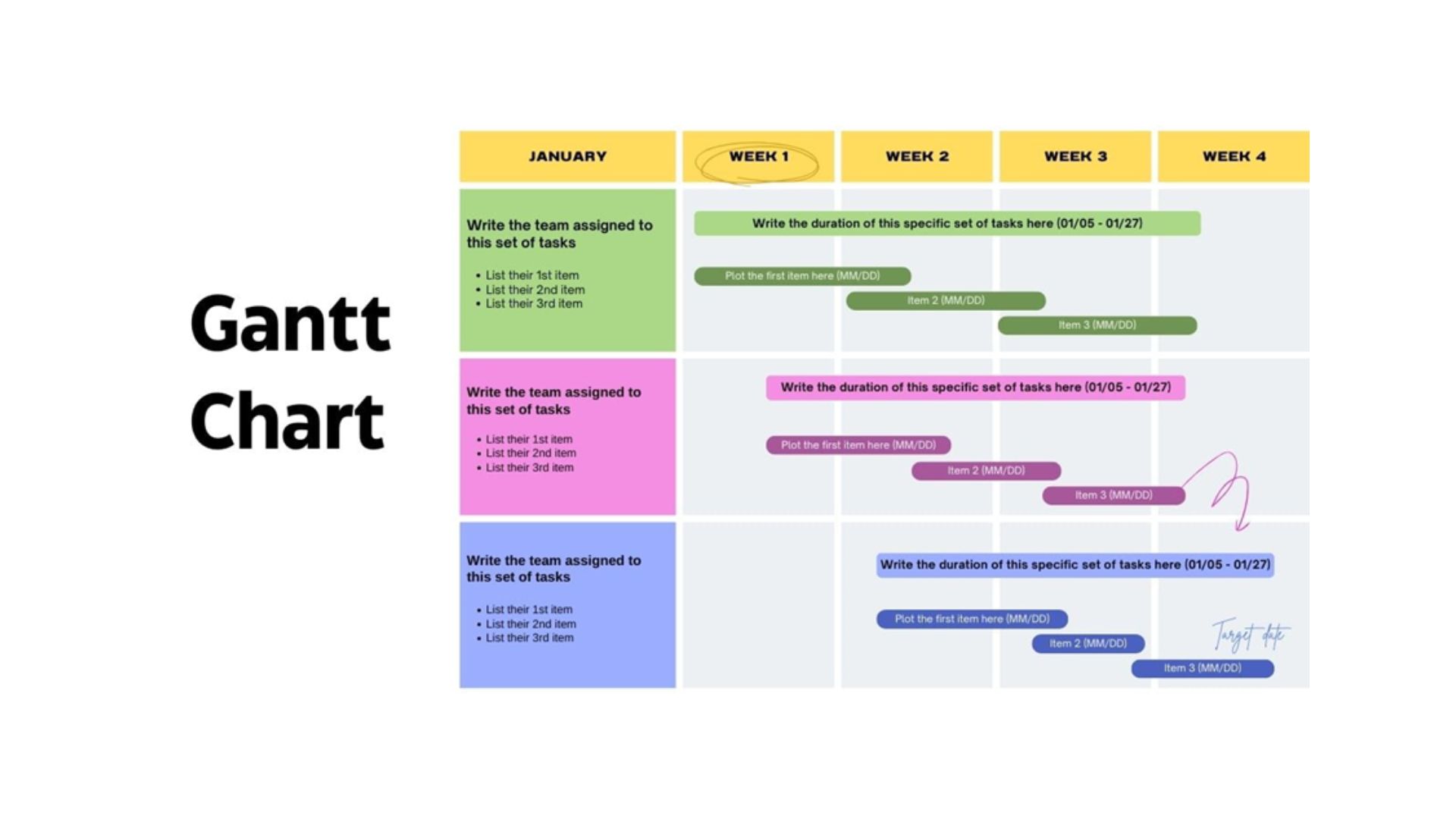9 Tips for Awesome Data Analytics
WHAT WE HAVE ON THIS PAGE
Companies routinely say they want to make analytics a key part of their business strategies – and some of them successfully use analytics to gain an edge over competitors. Yet many companies still lag behind the data analytics curve.
In many cases, the problem isn’t so much a lack of analytics technology as an uncertainty over how to tweak existing business processes to effectively leverage analytics. Dustin Lyons, a senior software engineer for Credit Karma, during a presentation at TechFest Louisville offered some suggestions that should help analytics laggards overcome such organizational hurdles.
Credit Karma employs sophisticated data analytics algorithms to offer personalized product suggestions to folks who visit its website to obtain free credit scores and credit reports. It generates revenue from its partners, who sell credit cards, loans and other financial products.
Greg Lull, the San Francisco company’s head of Consumer Insights, explained Credit Karma’s business model in a blog post: “We want the credit products our members see on the website to be interesting, relevant and something they may qualify for. Subsequently, members can have much better approval chances than applying cold and banks are left turning down fewer applications. It sets up a business model for us predicated on the success of both our members and business partners.”
Lyons said his team of software developers “experiments constantly” and lives by the agile development credo “fail fast, cheap and often,” an approach facilitated by analytics. One tool the developers favor is “silent tests” in which they make a change to the site, release it to a set of users and then use analytics to examine how it affects site usage. These tests are facilitated by “switches” that allow developers to easily turn features on and off, Lyons said.
Other teams at Credit Karma take a similar approach to data analytics. Lyons’ tips should be helpful for any organization that wants to use analytics to improve its business.
Ask the Right Questions
Too many organizations let technology and existing data drive analytics initiatives. A better approach is to “find the right questions and let them drive what you are doing,” Lyons said. This approach helps keep the scope of analytics projects clear and on target.
Use Analytics to Improve Existing Processes
Lyons suggested looking for areas in which decisions are made even though there is a lack of quantitative data. “You want to replace your ‘gut feelings’ with analytics,” he said.
Get the Right Data Analytics Infrastructure
Lyons and his team recently evaluated about two dozen analytics providers. It rejected some because their processes for exporting data were not easy or quick enough. Others were not easy to integrate with other reporting tools used by Credit Karma and its partners.
Bring Analytics in Early
Lyons’ team likes to use analytics at the beginning of a project, such as creating a new user interface for a Web application. “It helps you establish your criteria for success, and it helps you measure results early to determine if what you are doing is working,” he said.
Use Common Domain-driven Vocabulary
Sales, engineering and other departments “speak different languages,” Lyons said, which can make it difficult to communicate about analytics initiatives – or anything else. Creating a domain-driven vocabulary and sharing it throughout an organization makes it much easier to communicate across different functional areas. Using a common vocabulary also makes it easier to gather and communicate business requirements for data analytics projects, which Lyons mentioned as a key challenge.
Another challenge, Lyons said, is ensuring everyone uses the common vocabulary. “People usually want to go back to the old way.” He suggests politely correcting anyone who uses terms not found in the common vocabulary.
Appoint a Data Leader
It could be a chief data officer, or a similar role. At Credit Karma, it’s a senior product manager. Asked to describe her role on a company blog, she said: “Provide product love for Credit Karma’s internal data and analytics platform, which in turn helps us leverage data to create an awesome experience for our users.”
Lyons said she serves as the “glue” between different functions, sharing data sets and looking for opportunities to join them together. The main qualification for such a role, he added, is an ability to see the “data big picture.”
Choose Data Standardization
Whenever possible, it makes sense to utilize data that adheres to standards used throughout an organization, Lyons said. “When you acquiesce to individual requests, over time it becomes difficult to support and it can make it a nightmare to join together data sets,” he said. Credit Karma even asks its partners to use the same standards for their data.
Do Not Reinvent the Database
Credit Karma saw no need to invest a lot in database infrastructure. Lyons and his team use a cloud implementation of the popular open source MySQL database.
Keep Data Analytics Front and Center
Credit Karma keeps analytics in front of its employees, Lyons said. “It’s in their applications, right on the screen. We never want analytics to be too many steps away.” In addition, the company makes visualizations created with analytics a focal point of its reports and shares such visualizations on monitors found throughout its offices.
Consulting firm Gartner is among the experts bullish on embedded analytics. According to a recent Gartner report, embedded analytics “will deliver insights to a broader range of analytics users that lack advanced analytics skills.”
Ann All is the editor of Enterprise Apps Today and eSecurity Planet. She has covered business and technology for more than a decade, writing about everything from business intelligence to virtualization.

Public relations, digital marketing, journalism, copywriting. I have done it all so I am able to communicate any information in a professional manner. Recent work includes creating compelling digital content, and applying SEO strategies to increase website performance. I am a skilled copy editor who can manage budgets and people.








